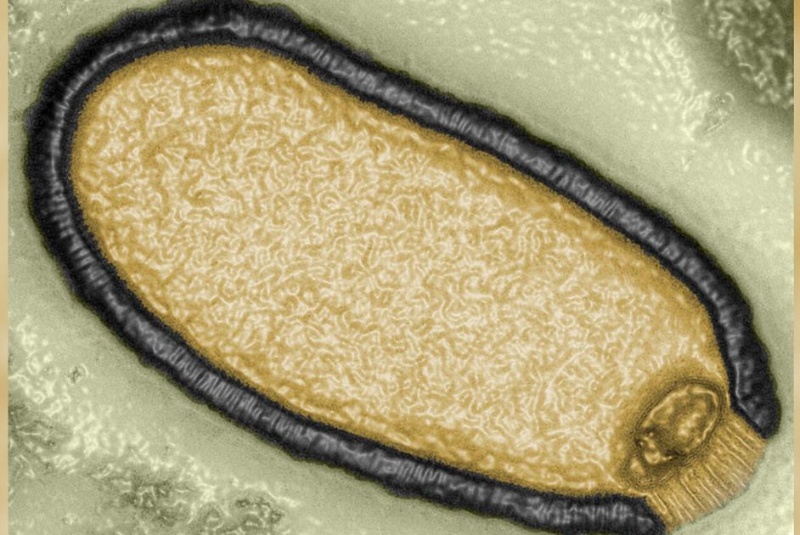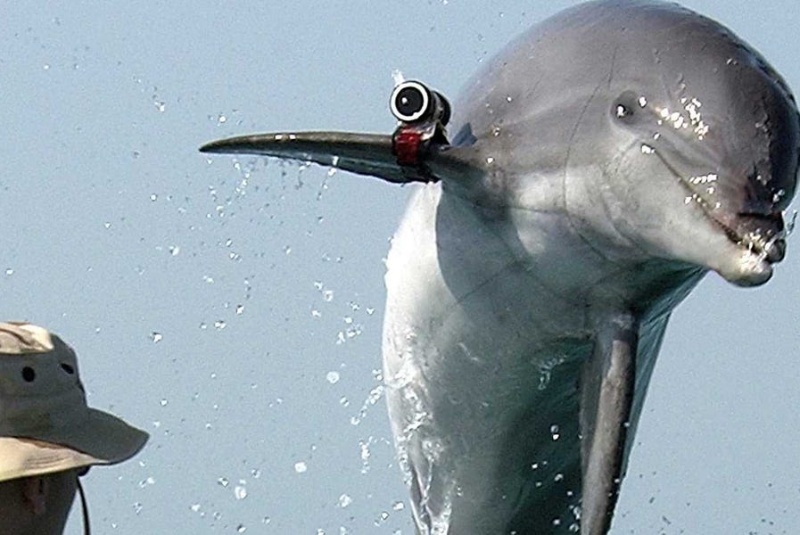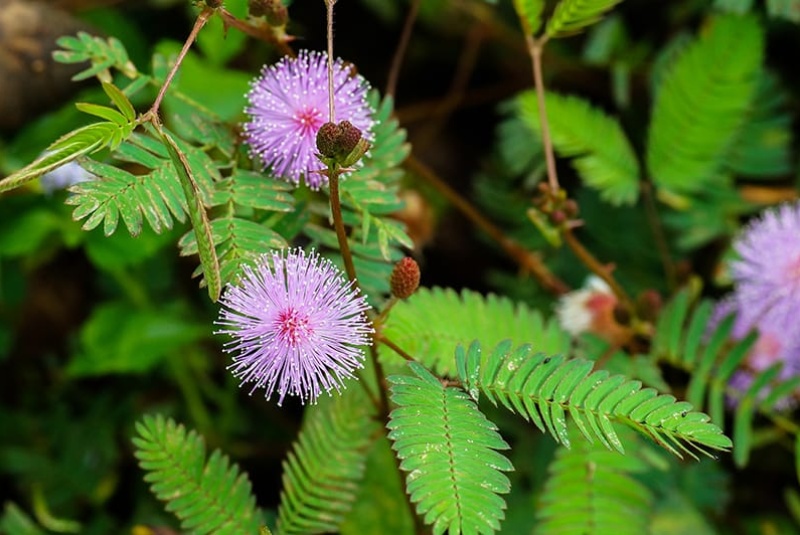In the vast and desolate expanses of the Siberian permafrost, a discovery was made that seems like the beginning of a dystopian science fiction narrative. Within this frozen wasteland, scientists have unearthed an entity that has been lying dormant for millennia: a 30,000-year-old virus. This is not a tale spun from the imagination of a novelist, but a real-life occurrence that has the scientific community both intrigued and apprehensive.
The virus, unearthed from its icy tomb, has been revealed to be remarkably preserved. Despite its age, it remains just as virulent and potentially dangerous as it would have been in the epoch of mammoths and saber-toothed cats. This discovery has provided an extraordinary opportunity for virologists and other researchers to study an ancient viral form, unaltered by the passage of time.
The research team, wrapped in the cold embrace of the Arctic climate, dug deep into the permafrost to extract this primeval virus, which is a member of what are known as "giant viruses." These viral forms differ significantly from their contemporary counterparts, not least due to their sheer size.

The revelation of this giant virus is not an isolated incident. There have been prior discoveries, such as the Molivirus Sibericum, which was first found in 2003 and again surfaced in 2015. The discovery of these viruses is becoming more common, stirring a mixture of curiosity and concern within the scientific community and beyond. While this particular virus poses no direct threat to human health, as it is known to only infect amoebas, it raises significant questions about the consequences of climate change and the potential risks associated with the release of ancient pathogens into the modern environment.
What is unsettling is the role that global warming may play in the resurgence of these prehistoric viruses. The Arctic and sub-Arctic regions are experiencing the effects of climate change acutely, warming at a rate twice as fast as the rest of the planet. This has caused the permafrost to thaw at an unprecedented rate, leading to the release of long-dormant pathogens and presenting an ecological wildcard that scientists are only beginning to understand.
The Giant Viruses: A Window Into the Past
The term "giant" as it relates to these ancient viruses is quite literal. In the present day, observing the minute details of viruses requires sophisticated equipment like electron microscopes due to their diminutive size. However, the ancient viruses present a stark contrast. Their larger scale permits examination through less powerful, but still precise, light microscopes. This accessibility is a boon for researchers, as it allows for more direct observation of the virus's structure and composition.
Consider the frozen Siberian virus, with its staggering count of over 500 genes. This is an astounding figure when compared to modern viruses like HIV, which contains only 9 genes. This sizeable genetic repository offers a rich source of information for scientists, allowing them to unravel the complexities of viral evolution and adaptation.
One of the most intriguing aspects of these viruses is not just their size but their genetic complexity. Among the discovered giants is the Pandoravirus, which can possess up to 2,500 genes. Such a large number of genes is indicative of a level of complexity that is rarely seen in modern viruses and hints at a diverse functionality that modern viruses have possibly lost over the course of evolution.
Caution and Curiosity: The Study of Ancient Pathogens
Despite the excitement that comes with such discoveries, there is a shadow of risk that looms over the researchers. The ancient virus particles, though long dormant, have the potential to still be infectious. This necessitates a high level of biosecurity and caution during analysis to prevent the accidental release or revival of pathogens that could cause diseases in animals or, potentially, in humans.
The protocols for studying these prehistoric specimens are stringent, designed to protect not only the researchers but also the environment from potential biohazards. It is a delicate balance between unlocking the secrets of the past and ensuring the safety of the present.
The fact that the currently discovered virus preys solely on amoebas is fortunate, as it significantly reduces the risk it poses to human health. However, it serves as a reminder that not all unearthed pathogens will be so benign. The permafrost could potentially harbor viruses that, if revived, could impact human or animal populations. This concern is not unfounded, as history has shown that ancient pathogens can sometimes find new hosts in modern species, leading to outbreaks of diseases that we may not be prepared to combat.
Global Warming and the Permafrost: A Viral Pandora's Box?
The broader implication of these findings extends into the realm of environmental science and the ongoing discussion about climate change. As the permafrost thaws, it is not only releasing ancient viruses but also greenhouse gases like methane and carbon dioxide, which have been trapped under the ice for thousands of years. This release contributes to a feedback loop, further accelerating global warming and the subsequent release of both gases and pathogens.
Researchers are keenly aware that this is not just an issue for those who dwell in the polar regions but a global concern. The interconnectedness of ecosystems means that the release of pathogens in one area could have repercussions across the planet. This is especially true given the ease and speed of international travel, which can facilitate the spread of diseases across continents in a matter of days.
The potential for the re-emergence of ancient viruses due to global warming is a reminder of the unexpected ways in which climate change is challenging humanity. It underscores the need for a proactive approach to understanding these risks, which includes not only scientific research but also policies aimed at mitigating climate change and preparing for its consequences.
The discovery of a 30,000-year-old virus in the Siberian permafrost is a fascinating narrative that is still unfolding. As researchers continue to probe the mysteries of these ancient viruses, their work will shed light on viral evolution, the history of life on Earth, and the complex interplay between the environment and infectious diseases. This story, rooted deep in the ice, is a clarion call to the world about the profound and often unpredictable implications of climate change, reminding us of the delicate balance that sustains life on our planet.
As we look ahead, the work of these scientists will continue to be of utmost importance. Not only do they hold the responsibility of understanding these ancient entities, but they also carry the burden of informing policy and guiding global responses to these emerging threats. As the Earth continues to warm and the permafrost melts, we may find ourselves facing questions and challenges that are as old as the ice itself. It is through careful study, respect for nature, and international collaboration that we will navigate this uncharted territory.




